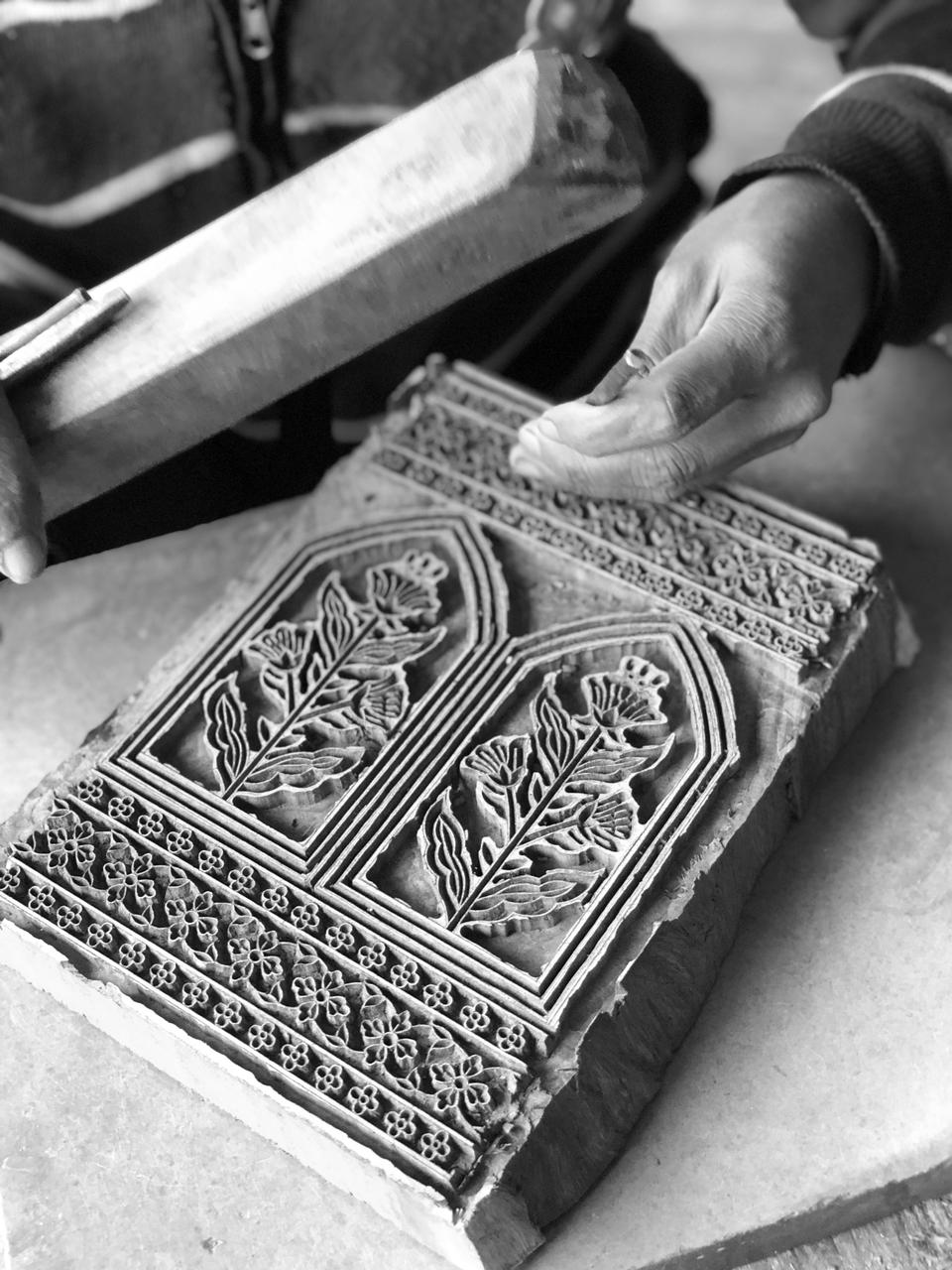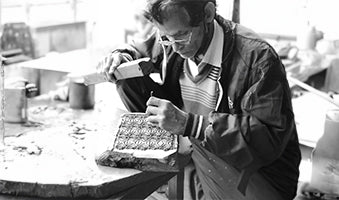
The art of Handblock printing
India is a hub of cotton hand block prints.
Indian fashion industry goes as deep in history as 3000BC. The art of creating block prints was well established in China before it made its way to India, where it flourished in no time in the era of maharajas, somewhere around the 12th century.
This art has been an integral part of the Indian apparel industry.
Hand Block Printing on textiles refers to the technique by which carved wooden blocks covered with dye are repeatedly pressed along a length of cloth to create patterns. Woodblock printing on textiles is the process of printing patterns on textiles, usually of linen, cotton, or silk, by means of incised wooden blocks. It is the earliest, simplest, and slowest of all methods of textile printing.
This process of making a block involves making a design and tracing it on paper, marking the points, and carving a design into a block of wood, applying ink or dye, and stamping it onto a finished cloth. Block printing differs from weaving, where patterns are woven into a fabric as it's created. Each color must be added using a different block.

For India, block prints hold a place of pride—the age-old craft of dyeing and coloring a fabric using wooden blocks has been perfected over generations. Whether it is Rajasthan's popular Dabu print, which uses the mud printing technique, or Gujarat's Ajrakh, featuring geometric motifs, each block print is symbolic of the country's vast heritage and rich culture—India is, after all, one of the largest manufacturers and exporters of block printed fabrics.


